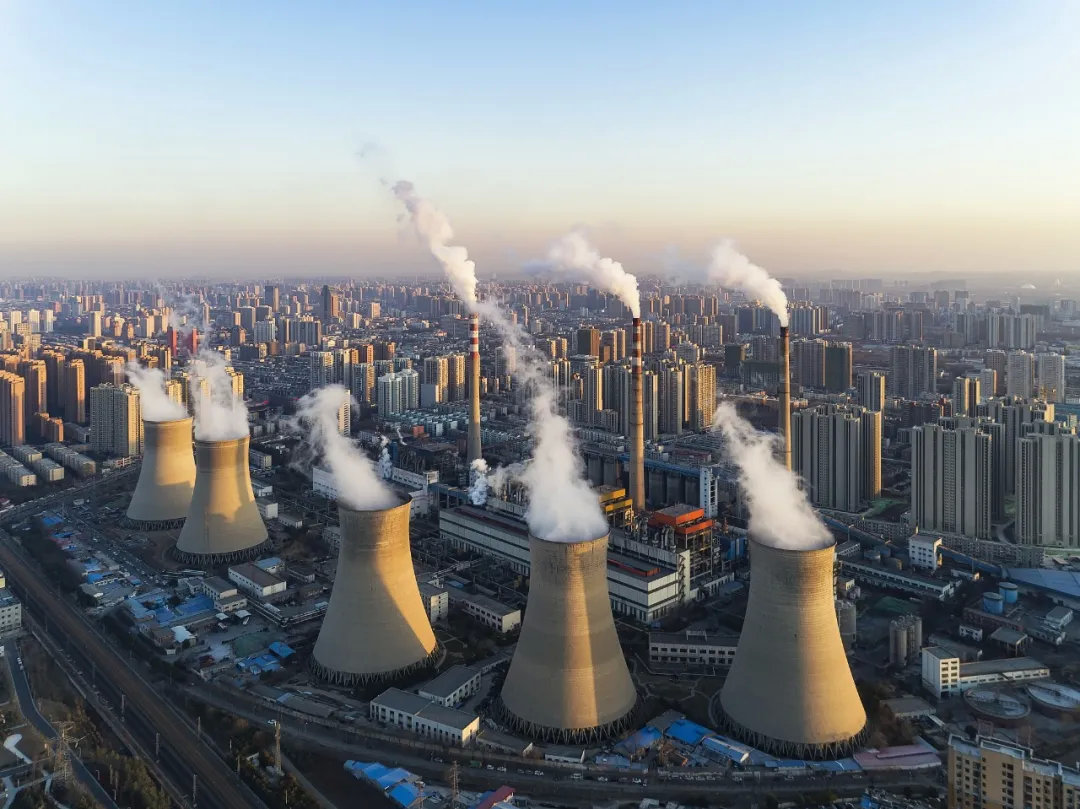The national carbon emission trading market is about to start, and experts
believe that the steel industry needs to increase policy supply to achieve its
carbon peak and carbon neutrality goals.
According to the data of the Low Carbon Development Research Center of Metallurgical Industry Planning and Research Institute, the carbon emissions of China's steel industry account for about 15% of the country, which is an important main responsible body for the implementation of carbon reduction targets and tasks. At present, the steel enterprises in the pilot carbon trading projects have accumulated certain experience, but the steel capacity in the carbon pilot areas only accounts for only about 16% of the country.

Luo Zhiheng, vice president of Guangdong Kai Securities Research Institute and chief macro analyst, told the Securities Daily that the carbon emission trading market is a further improvement of the industry system. As a large carbon emissions, if the steel industry takes the lead to achieve the carbon peak has a demonstration effect on other industries. The launch of the carbon emission trading market will use market forces to realize the allocation of carbon resources, and economic means will serve as a supplement to administrative forces.
Since the beginning of this year, China Baowu and other super large steel enterprises have successively released carbon peak and carbon neutralization goals, striving to achieve carbon peak by 2023, carbon reduction by 30% by 2035, and carbon neutrality by 2050.
"Carbon emission trading will produce the redistribution of the interests of large, medium and small-sized steel enterprises. Domestic large steel enterprises basically completed the ultra-low emission transformation, small and medium-sized steel enterprises are facing the double squeeze of environmental protection costs and production restrictions, the future carbon dioxide emissions exceed the quota enterprises will need to buy quota from the trading market, the situation of small and medium-sized steel enterprises cost will further rise, and large steel enterprises long-term environmental protection advantage will be transformed into a cost advantage. Finally, it will promote the steel industry to get rid of the pattern of extensive competition and improve the level of industrial concentration." "" Luo Zhiheng said.
Ding Zhenyu, a senior investment adviser to Jufeng Investment Gu, told the Securities Daily that the establishment of a national carbon emission trading market will promote the technical upgrading of low-carbon metallurgy in the steel industry. In the short term, domestic steel enterprises are facing the double pressure of rising production costs and compressed production capacity, which has a relatively large impact on profits. In the long run, the steel enterprises that take the lead in completing low-carbon metallurgical technology will obtain a broader space for development.
At the Low-carbon Development and Hydrogen Metallurgical Application Technology Summit Forum held on June 18, He Wenbo, Party secretary and executive president of China Iron and Steel Industry Association, stressed the importance of innovation and development of low-carbon metallurgy technology. He pointed out that it is a wise and rational choice to target a low-carbon zero and powerful enterprises to take action against the goal of low carbon, and what we advocate. Global iron and steel cooperation is essential to seek disruptive and revolutionary technological breakthroughs in the field of steel and low carbon.
Luo Zhiheng said that from the domestic perspective, the steel low carbon transformation is facing great challenges: first, in the energy structure, China's steel industry is much higher than overseas, coal, coke and the foundation is weak, in technology, overseas low carbon, zero carbon steel technology research and development earlier, accumulated rich industrial experience, can provide reference for the transformation and upgrading of steel enterprises, China is the largest producer and consumer, the revolutionary low carbon technology without the promotion of the domestic market.
"Internationally, the global steel production and consumption imbalance will continue in the short term, considering more than 20% of domestic actual carbon emissions is the final consumption by other countries, and carbon peak, carbon neutral target, steel enterprises have the power to transfer capacity to higher carbon capacity, low emission costs or overseas areas of carbon reduction planning, the capacity transfer to some extent just transferred the carbon emissions, also need to strengthen international capacity and technical cooperation, to achieve global steel low carbon transformation." "" Luo Zhiheng said.
Ding Zhenyu said that technology is the key to cut carbon dioxide emissions in steel production, but China 's breakthrough low-carbon technology support capacity in China' s steel industry is still insufficient. It is necessary to accelerate the pace of industry-university-research and research cooperation, increase investment in research and development of advanced energy conservation and low-carbon technologies, and accelerate demonstration, application and promotion, and global steel cooperation is essential.
Luo Zhiheng believes that, The realization of the dual-carbon goal of the steel industry needs to increase the top-down policy supply: First, strengthen the top-level design and target decomposition, The steel industry carbon reduction action plan landing as soon as possible, Avoid short-term goals, Scientific grasp of the pace of work; Second, to ensure the supply of iron elements, Encourage the import of waste steel and billet raw materials, Encourage the replacement of the short-process steelmaking capacity of the electric furnace; Third, to optimize the fuel and energy structure, Improve the utilization of renewable energy sources, To provide policy support for hydrogen energy steelmaking and other low-carbon technologies; Fourth, to improve the index monitoring system, The production energy consumption, carbon emission, pollutant emissions and other indicators will be integrated into the production capacity restraint mechanism, We will guide steel enterprises to build comprehensive competitiveness. (Source: Securities Daily)